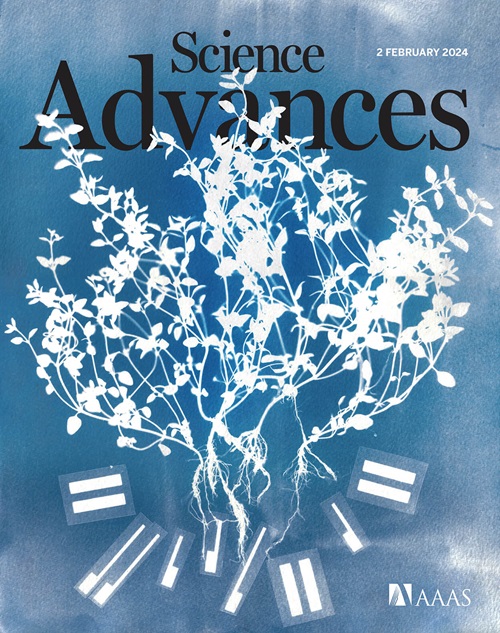Massively parallel Hong-Ou-Mandel interference based on independent soliton microcombs
IF 11.7
1区 综合性期刊
Q1 MULTIDISCIPLINARY SCIENCES
引用次数: 0
Abstract
Hong-Ou-Mandel (HOM) interference is the foundation of quantum optics to test the degree of indistinguishability of two incoming photons, playing a key role in quantum communication, sensing, and photonic quantum computing. Realizing high-visibility HOM interference with massively parallel optical channels is challenging due to the lack of available natural optical references for aligning independent arrayed laser pairs. Here, we demonstrate 50 parallel comb-teeth pairs of continuous-wave weak coherent photons HOM interference using two independently frequency post-aligned soliton microcombs (SMCs), achieving an average fringe visibility over 46%. The frequencies of all comb-teeth pairs are long-term aligned by developing two sets of fully frequency-stabilized SMCs with independent reference and adjusting free spectral range beyond 100 kilohertz through perturbations in soliton state. The verification experiment proves the feasibility of constructing massively quantum information channels by co-opting classical wavelength division multiplexing optical communications, which paves the way for practical large-scale quantum communication systems.

基于独立孤子微梳的大规模平行Hong-Ou-Mandel干涉。
Hong-Ou-Mandel (HOM)干涉是量子光学测试两个入射光子不可分辨程度的基础,在量子通信、传感和光子量子计算中起着关键作用。由于缺乏可用的自然光学参考来对准独立的阵列激光对,利用大量平行光通道实现高可见的HOM干扰是具有挑战性的。在这里,我们使用两个独立的频率后对准孤子微梳(SMCs)展示了50对平行梳齿对连续波弱相干光子HOM干涉,实现了平均条纹可见度超过46%。通过开发两组具有独立参考的全频率稳定SMCs,并通过孤子态扰动调整100千赫兹以上的自由频谱范围,实现了所有梳齿对的频率长期对准。验证实验证明了采用经典波分复用光通信构建大规模量子信息信道的可行性,为大规模量子通信系统的实用化奠定了基础。
本文章由计算机程序翻译,如有差异,请以英文原文为准。
求助全文
约1分钟内获得全文
求助全文
来源期刊

Science Advances
综合性期刊-综合性期刊
CiteScore
21.40
自引率
1.50%
发文量
1937
审稿时长
29 weeks
期刊介绍:
Science Advances, an open-access journal by AAAS, publishes impactful research in diverse scientific areas. It aims for fair, fast, and expert peer review, providing freely accessible research to readers. Led by distinguished scientists, the journal supports AAAS's mission by extending Science magazine's capacity to identify and promote significant advances. Evolving digital publishing technologies play a crucial role in advancing AAAS's global mission for science communication and benefitting humankind.
 求助内容:
求助内容: 应助结果提醒方式:
应助结果提醒方式:


